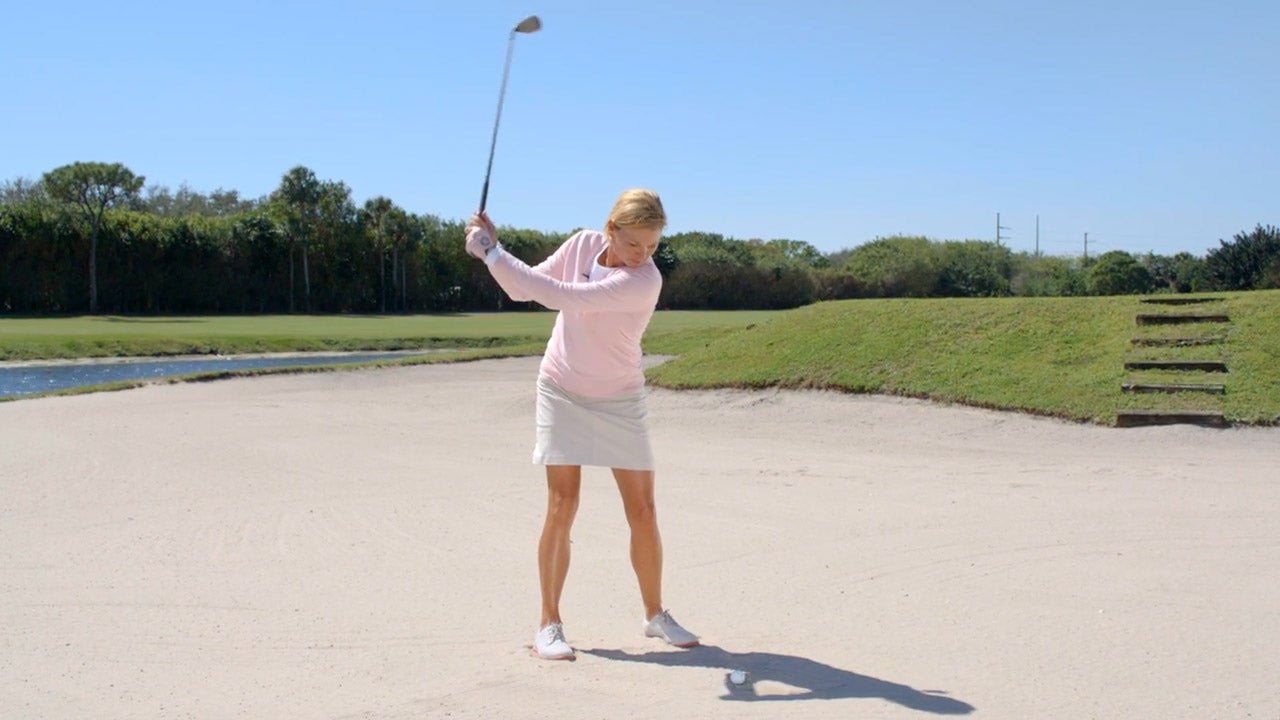‘A Constant Becoming’: Katerina Gregos on the National Museum of Contemporary Art, Athens
The Greek curator talks to Chloe Stead about taking over the reins at Athens’s embattled flagship institution for contemporary art
The Greek curator talks to Chloe Stead about taking over the reins at Athens’s embattled flagship institution for contemporary art
Founded in 2000 under the directorship of Anna Kafetsi, the National Museum of Contemporary Art, Athens (EMST) existed primarily as a nomadic exhibition platform until the collection moved, in 2015, to its current location: a restored landmark former-industrial building designed by Takis Zenetos in 1957. Since then, the institution has suffered a series of financial and organizational setbacks that has resulted in only a fraction of the 20,000m2 premises being made accessible to the public. Having been without an artistic director since 2018, EMST announced last month that the Greek-born curator, art historian and educator Katerina Gregos will take up the post on 1 July, marking a new era for the museum. In her first international interview about her new position, Gregos spoke to frieze about her plans for the institution.
Chloe Stead: After enjoying a successful career abroad as a curator for the past 15 years, what prompted you to return to Greece to take up this position at EMST?
Katerina Gregos: The simple answer is that I was asked to. The institution has been without a director since 2018 and, after a national open call fell through two years ago, I was offered the position by the Greek government. I didn’t say yes straight away, however, because I knew it was going to be a big challenge. EMST is our flagship institution for contemporary art, and it’s a museum that has been in a constant state of becoming since it was first established. I suggested to the government that I conduct an initial audit of the museum – investigating all aspects of its operations, curatorial department, administration, staffing, finances and collection – which took me four months. I then submitted my findings along with a number of terms and conditions, most of which, happily, have been met.

CS: What were some of your findings and what terms and conditions did you set as a result?
KG: Let’s start with something very basic: I discovered that 75 percent of the museum’s collection comprised donated works, of which 96 percent were by Greek artists. This is extremely problematic because Greece does not have a strong art market, and whatever art market we did have was crippled by the financial crisis. There are no support structures for artists like the Mondriaan Fund in the Netherlands, Norway’s Office for Contemporary Art or Spain’s Acción Cultural Española. So, until now, contemporary artists working in Greece have been pretty much on their own and have had very few opportunities. This is something that I’m going to change. The museum will buy works, rather than rely on donations, and it will also pay artists’ fees.
Another example is that museum boards in Greece have absolute power. The artistic director of an institution makes proposals, but the board decides practically everything, which is a very unhealthy situation. I wouldn’t have taken this job without knowing that I had complete artistic freedom over the programme.

CS: What do you think are the current limitations of the Greek cultural scene?
KG: Until very recently, because we are a country with such a rich and illustrious classical heritage, the brunt of the Ministry’s efforts were focused on the antiquities and archaeology sectors. There’s never really been a coherent, long-term vision for our contemporary cultural sector. Luckily that’s changing now and a new department for contemporary culture was recently established within the Ministry of Culture. As I mentioned, there is lack of funding and support for the contemporary visual arts in Greece, which is not helped by a weak art market. There are plenty of great Greek artists who are effectively forced to emigrate because there simply aren’t the opportunities here for them to further their careers. Another problem is that, for the Greek artists who do stay, the gaze is very often focused abroad, whereas I think a much healthier situation would be to have an eye on what’s happening locally as well as internationally. Athens is a very interesting city, but there is a general lack of research-based practices that focus on topics specific to this region.
CS: The press announcement for your appointment emphasised Athens as a ‘top cultural destination’ and as ‘a major European centre for contemporary creation’. Do you think it’s possible for a museum to both attract an international art crowd and serve the local community?
KG: I think it is possible, as long as you not only address the needs of your community – in terms of curating exhibitions and events that bear a cultural, urban or demographic affinity to the place as well as the wider geopolitical region the museum is situated within – but also devise a museum with its own distinct identity. What I’m critical of is the idea of the franchise museum, where the profile of a pre-existing institution is simply transplanted onto another city. I want to address the challenges that Greek artists are facing here in Greece as well as draw on untold stories and narratives of the wider region that we inhabit, which is one of the most culturally rich and diverse in the world. Part of our core mission will be to look at the culture and histories of the Mediterranean, the Balkans, the Middle East and North Africa.

CS: In an interview with Greece Is magazine earlier this year, you stressed the importance of collaboration between public and private sectors in order to escalate the development of the art sector. What does this mean in concrete terms and how do you intend to help this along in your new position?
KG: I’m certainly not against public/private partnerships, but the important thing is that they should be on the museum’s terms, which means that anything concerning the collection or the artistic programme must be decided by the artistic team. ESMT is a public institution, so we need to be careful not to foster the vision and interests of an individual. That said, there is chronic underfunding of the arts in Greece so, as a public museum, we do need to find creative partners to support our vision.

CS: What can you tell me about your vision for EMST going forward?
KG: To answer that I need to tell you what my idea of a museum is. I believe that museums should be lively centres of knowledge production and critical thinking where ideas of social and civic consciousness are fostered; they should be places of dialogue and exchange where issues that matter – whether locally, regionally or internationally – are articulated. But we should also not lose track of the fact that museums are there to exhibit and promote visual culture – i.e., art. I say this because there’s a lot of emphasis now on activism, discursive programmes and public programmes, which is all well and good but, to me, the core issue, vision and mission of a museum of contemporary art is instigating thought-provoking exhibitions that visitors can enjoy. To my mind, the exhibition remains an incredibly interesting, challenging and rewarding format, primarily because I believe in the work of artists.
Thumbnail: Katerina Gregos, 2020. Courtesy: the artist; photograph: Kristina Madjare
Main image: EMST - National Museum of Contemporary Art, Athens. Courtesy: the artist; photograph: Spyros Rekounas


















